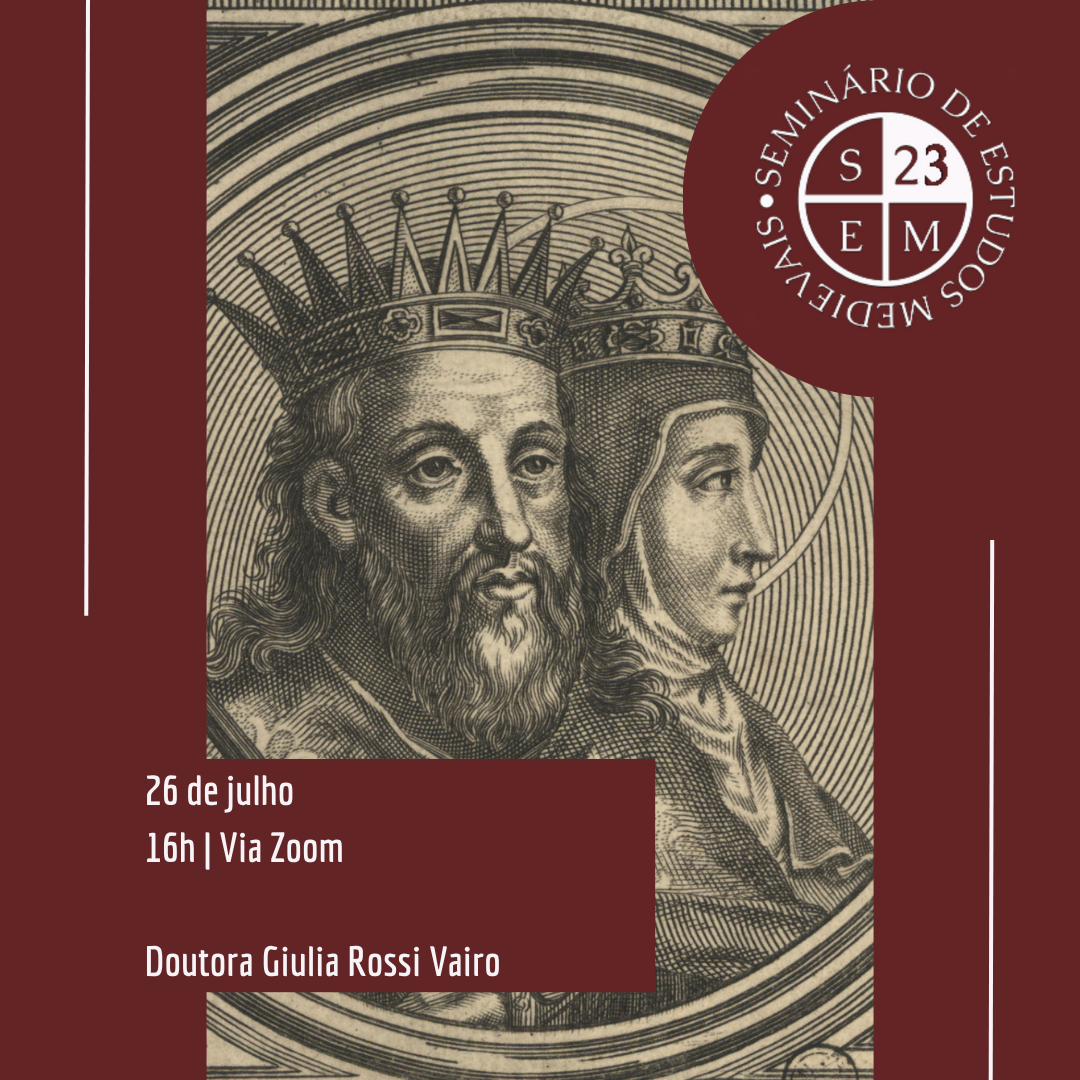Seminar in Medieval Studies: “‘Até que a morte nos separe’ – Os monumentos fúnebres de Dinis de Portugal e Isabel de Aragão: entre a história e a arte” | Professor Giulia Rossi Vairo
26.07.2023 | 16:00
Zoom session

On the 26th of July, at 4:00 pm, the Seminar on Medieval Studies will take place:”‘Até que a morte nos separe’ – Os monumentos fúnebres de Dinis de Portugal e Isabel de Aragão: entre a história e a arte“, by Professor Giulia Rossi Vairo, via Zoom.
The civil war that ravaged the kingdom of Portugal from 1319 to 1324 and which saw father and son, King D. Dinis and the heir to the throne, Infante D. Afonso, face each other, provoked an internal crisis in the monarchy, but also in the couple regal since the queen consort D. Isabel publicly sided with the rebel prince to whom she guaranteed protection and material support. Thus, at the end of the first phase of hostilities (May 1322), the royal spouses, without major proclamations, decided to ‘separate’ in death. Only a few years earlier, in 1318, the spouses had expressed to Pope John XXII their desire to be buried together in the church of the Cistercian abbey of São Dinis e São Bernardo de Odivelas, founded by the monarch, according to the queen, in 1295, making it the de facto in the family and royal pantheon, the first established ex nihilo in the kingdom of medieval Portugal. However, after the conflict, D. Dinis and D. Isabel elected individual burial in different monasteries, geographically distant from each other and distinct in observance – unprecedented circumstances for the Portuguese royalty until then.
Nowadays, the tomb of D. Dinis is still found in the church of São Dinis de Odivelas, while the sarcophagus of D. Isabel is preserved in the lower choir of the church of the 17th-century monastery of Rainha Santa Isabel, commonly known as Santa Clara-a -New, in Coimbra.
The majestic tombs, both composed of a recumbent, ark, and supports, were carved about ten years apart. Despite showing some interesting similarities, including general design and dimensions, the tombs show significant differences. Produced by different ateliers active in different territories, the sarcophagi display iconographic programs that are difficult to reconcile with each other, each one reflecting the spirituality of the religious house that hosted them and of the patrons themselves. However, due to their extraordinary aesthetic value and the erudition of their iconography, both testify to the vitality of Portuguese Gothic art, attesting to being masterpieces of European funerary sculpture from the first half of the 14th century.
Biographical Note
Giulia Rossi Vairo is an Invited Assistant Professor at the Department of Art History at the Faculty of Social and Human Sciences – Universidade Nova de Lisboa (NOVA FCSH). Graduated from the Faculty of Letters of La Sapienza Università di Roma (1996), Master in History of Modern Art from the Scuola di Specializzazione in Storia dell’Arte Medievale e Moderna at the same University (2001), Ph.D. in History of Medieval Art with thesis presented to NOVA FCSH (2014) and was a Post-Doctoral fellow of the Foundation for Science and Technology from 2015 to 2022. During her academic training, she has carried out research between Italy, Portugal, and Spain, with the support of several scholarships granted by Italian and foreign institutions.
She is the author of several essays, book chapters, articles in indexed magazines, published in several languages, and editor of several volumes of miscellany.
Research areas: Italian painting from the 16th to 19th centuries. XV-XVI; history of collecting (19th-20th centuries); medieval tombstone; history of conservation and restoration; historical, cultural, and artistic relations between Italy and Portugal (14th-19th centuries).
